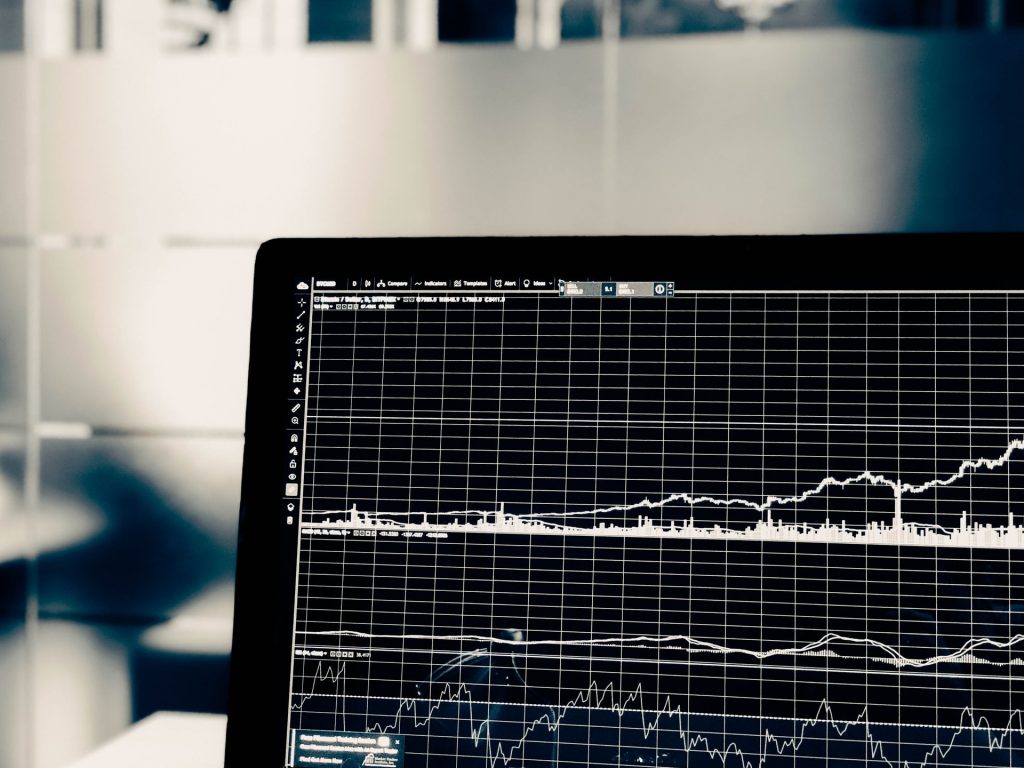Over the past few years, businesses have started to move from simple data monitoring to data observation, and this trend is only now starting to gain traction.
Quick Links
Many are looking for specialists in this area. And they are usually not so easy to find. However, you can turn to data science services and solve any data-related problem.
By 2024, enterprises will increase their adoption rate of surveillance tools by 30%, according to research firm Gartner. And 90% of CIOs say observability is critical to their business success, with 76% saying they expect their observability budgets to increase next year, according to the New Relic’s 2021 Observability Forecast.
Data observability is the next level in today’s data science stack, providing data teams with visibility, automation, and notification of corrupted data (i.e. data drift, duplicate values, broken dashboards … you get the idea). Observability often leads to faster resolution when problems arise and can even help prevent the impact of downtime on data consumers in the first place.
Data observability is a fast-growing discipline in the enterprise technology world that seeks to help organizations answer one question: how healthy is the data in their system? With all the scattered (and often differently formatted) data flowing into businesses, inside and outside businesses, where are potential weaknesses – such as missing, corrupted, or incomplete data – that could lead to disruptions that hurt the business?
Observability has five pillars
Good data observability includes:
- Freshness, or how relevant the data tables are;
- Distribution or correspondence of data to the correct range;
- Volume or quantity and completeness of data;
- A schema that tracks changes in the data structure;
- Origin, which determines where the data breaks off and tells you which sources were affected.
Observability is gaining attention in the software world because its capabilities enable engineers to provide customers with a great software experience despite the complexity of today’s digital operations.
However, it should be clarified that observability is not a complex synonym for monitoring.
Now different areas are becoming more complex, observability is critical to the future success of software development teams and their organizations.
Observability is not a new concept. It has its origins in engineering and control theory and was introduced by the Hungarian-American engineer Rudolf E. Kalman for linear dynamical systems. The generally accepted definition of observability, used in engineering and control theory, is a measure of how well the internal states of a system can be inferred from information about its external outputs.
Linking data observability to science
The ultimate goal of data science is to be useful: to help make decisions, make discoveries, and make things clear. It is very easy to accumulate data, it is enough to drag everything that comes to hand to your warehouse. Humanity has learned to do this a long time ago. But pulling something interesting from a heap of records is a much more difficult task. This area of knowledge took shape into something meaningful only in the second half of the 20th century.
And it is data science that is behind many of the major discoveries and revolutionary ways to make money in recent decades, such as:
- The use of data science in astronomy has made it possible to analyze the signals of radio telescopes and discover thousands of new space objects. And this, in turn, led to the refinement and refinement of modern physical and cosmological theories.
- Analysis of collider data has provided an opportunity to restructure our understanding of particle physics, which has influenced energy, electronics, chemistry, medicine and basic science.
- Analysis of signals from GPS trackers has given the world a new class of services. Namely, taxi aggregators that instantly connect any client with the nearest available driver.
- Analysis of warehouse stocks and sales in retail allows you to optimally form an as
sortment of goods in the store so that nothing stays on the shelves. This minimizes product spoilage and increases sales, as well as lowers costs and consumer margins. - Analysis of complex proteins and genes has given the world new classes of drugs and personalized medicine – these are new types of medical services and fundamentally new pharmaceutical products. For you and me, this means an improved quality of life and fewer diseases, and for business, new markets.
Any human activity today is working with data. The amount of data around is growing in proportion to the growth of infrastructure and the speed of information transfer on the planet. Any scientific or business decision requires analysis of hundreds of variables that need to be extracted from the chaos of database records and interpreted correctly.
Economics, biology, physics, logistics, military affairs – any industry relies on growing volumes of data that need to be analyzed faster and more accurately. That is why today no serious organization can exist without data science.

